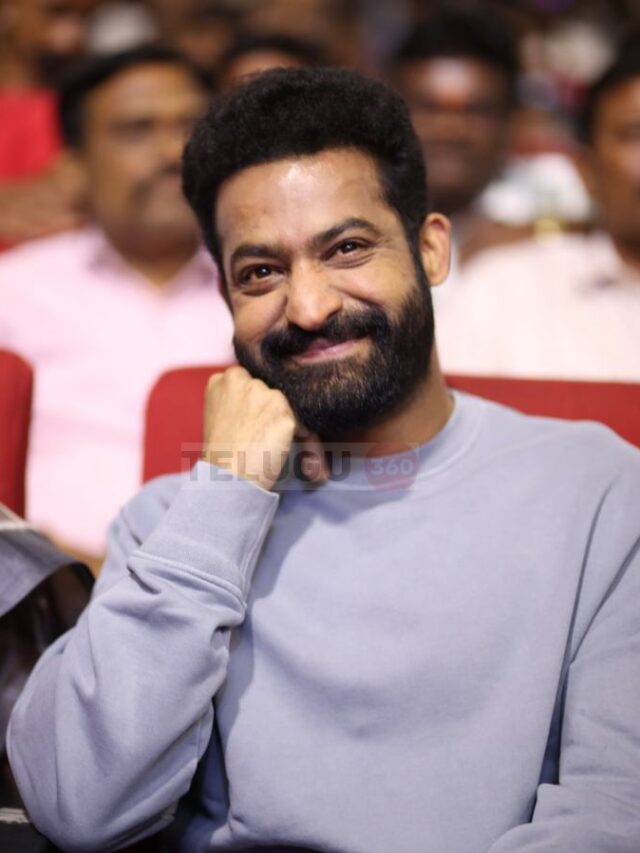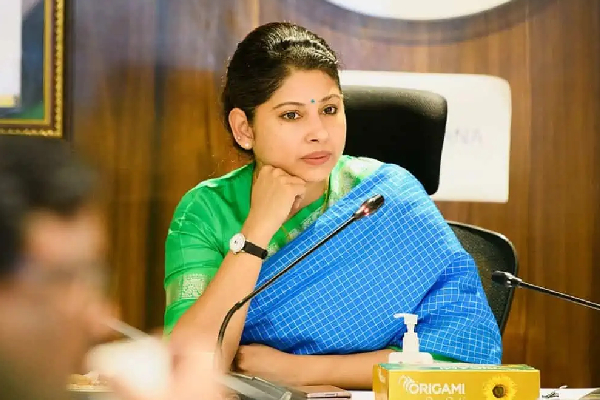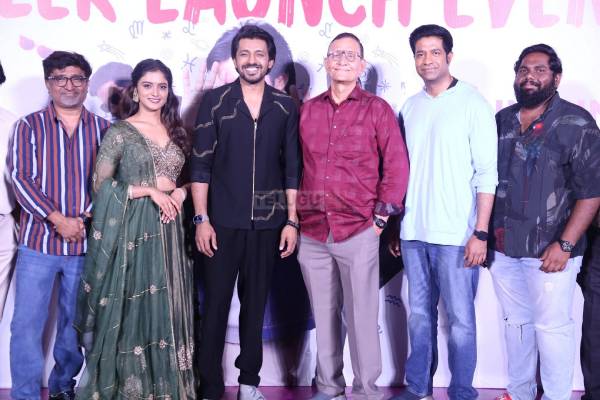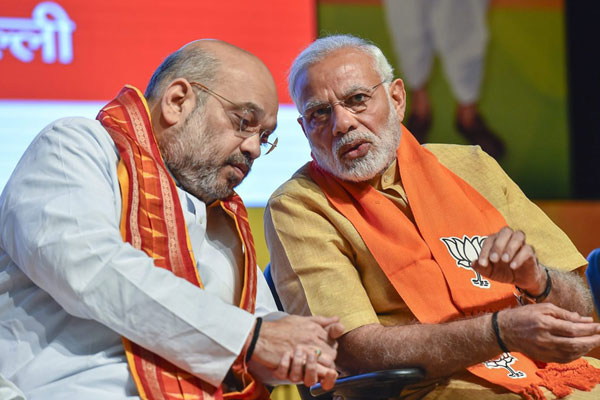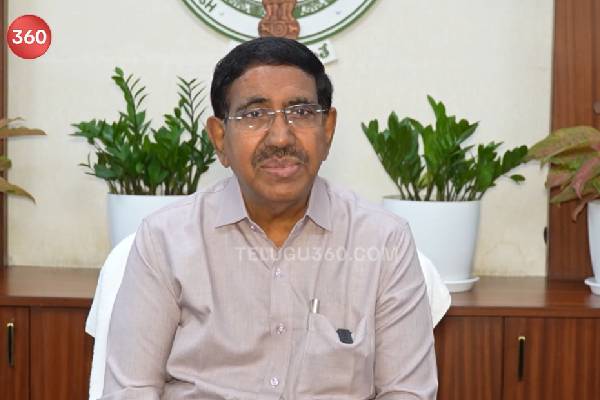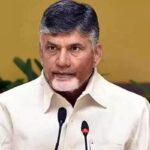Prime Minister Narendra Modi might be the man of the moment for winning the historic second term but it is Bharatiya Janata Party (BJP) President Amit Shah who is being hailed, even by the rivals, as the man behind the moment.
“Time for Congress to get an Amit Shah,” tweeted People’s Democratic Party (PDP) leader Mehbooba Mufti, former Jammu and Kashmir Chief Minister and BJP’s friend turned foe.
Omar Abdullah, another former Jammu and Kashmir Chief Minister and a bitter critic of the BJP, congratulated Modi and Shah for putting together a winning alliance and running a “very professional campaign”.
Shah’s election management has become part of India’s political folklore — an image that has been resurrected after the BJP’s loss in three north Indian states of Madhya Pradesh, Rajasthan and Chattisgarh less than six months ago.
The BJP now has swept the Lok Sabha polls in all these three states staging an emphatic comeback restoring Amit Shah’s winning streak and reconfirming the title of master strategist.
If 2014 mandate for Modi was eye-opening, the verdict in 2019 is jaw dropping.
Amit Shah was more than a backroom strategist in this election as he contested the Lok Sabha seat from Gandhinagar and his public appeal was next only to the Prime Minister.
Speculations are already rife in New Delhi’s political circles that he will play a bigger role in Modi 2.0 instead of only handling the party affairs. If he gets a cabinet berth, it will be one of the four top portfolios of Foreign, Home, Finance and Defence.
With Foreign, Home and Finance being held by BJP’s senior leaders Sushma Swaraj, Rajnath Singh and Arun Jaitley — all three have handled their tasks well — the fourth slot of Defence Ministry, currently held by Nirmala Sitharaman, make Amit Shah a serious contender.
At Prime Minister Narendra Modi’s first appearance in a press conference at the end of campaigning for the Lok Sabha polls, Amit Shah took all the questions, a clear indication of command and control set up in the BJP.
Even the Prime Minister chose to let Amit Shah hold the stage in his presence.
The BJP had planned for the 2019 much ahead of its rivals. Shah ordered a scientific evaluation of 120 seats the party had lost in 2014. Special focus was made on seven states (Andhra Pradesh, Kerala, Assam, Odisha, Tamil Nadu, Telangana and West Bengal) where the party was weak along with the Northeastern states.
The results in West Bengal, Odisha and the Northeast show that the BJP’s strategy worked perfectly as the party made impressive gains in these new territories.
Under his leadership, the BJP registered emphatic victories in Uttar Pradesh, Uttarakhand, Manipur, Maharashtra, Haryana, Jharkhand and Tripura. The party also lost in Bihar, Delhi and Punjab apart from Chhattisgarh, Madhya Pradesh and Rajasthan.
A glimpse of Amit Shah’s tenure as the party president is given on his home page where a detailed report card is given about his programmes, plans, travels and strategy signalling the emphasis on details.
The strict dos and don’t for the party functionaries include restrictions on the use of private jets other than election campaigns and stays in expensive five star hotels with the preference for state guest houses only.












